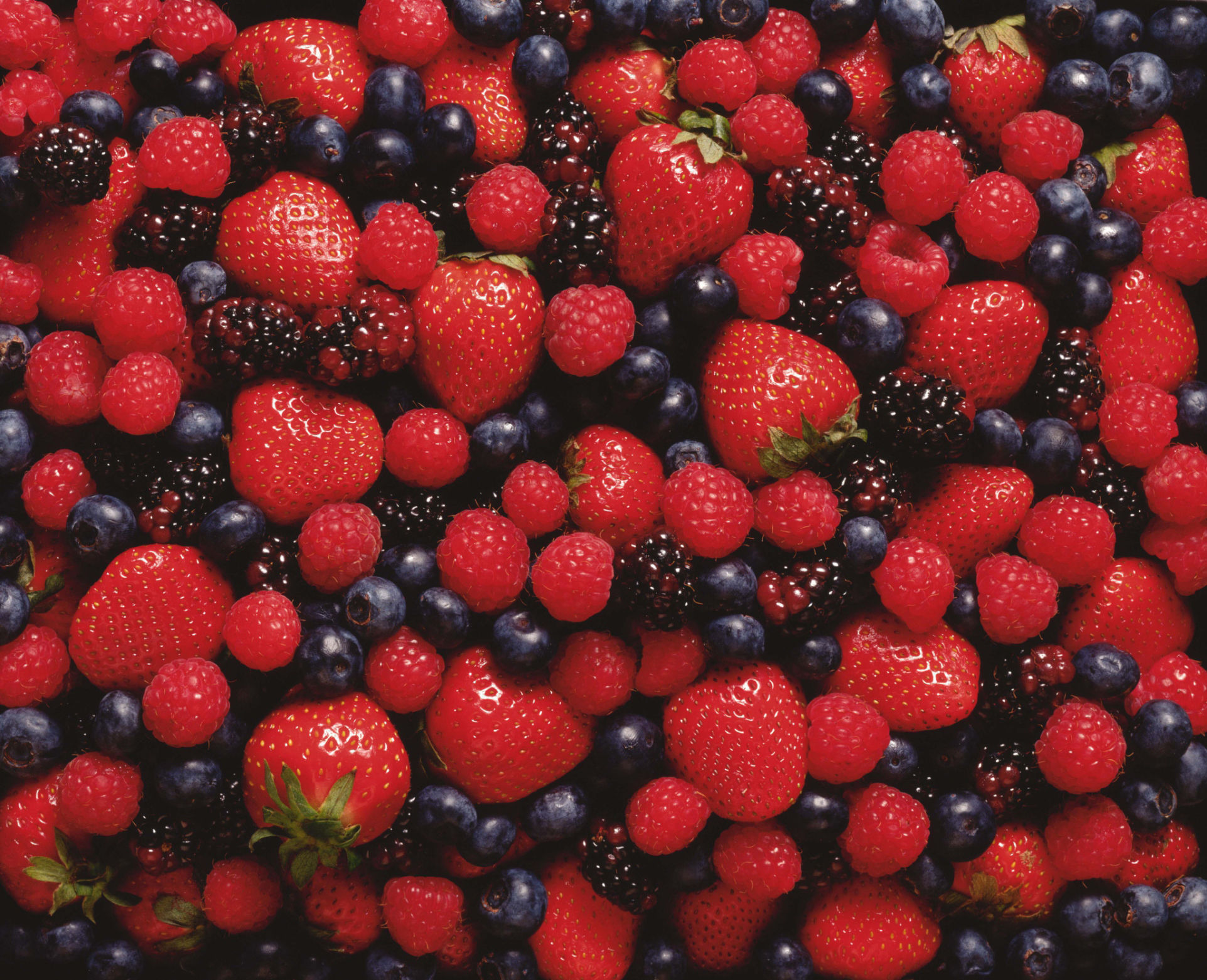Berries from North America could help fight pancreatic cancer, research suggests – and they’re not the only ones.
Autumn is here – which means all things berry are back in fashion. Berry-coloured knits to wrap up warm with, and blackberry crumbles with custard for pud to, well, warm up on the inside with.
Berries – chokeberries, native to North America, to be precise – have also been in the news recently, after researchers from the University of Southampton and King’s College Hospital, London, found that they could work in combination with conventional drugs to kill more cancer cells, particularly in pancreatic cancer.
However, it’s still early days, and so far the research has only been carried out on cancer cells in labs, not in human trials.
“It’s far too early to say from this small laboratory study whether chemicals extracted from chokeberries have any effect on pancreatic cancer in patients, and the findings certainly don’t suggest that the berries themselves should be taken alongside conventional chemotherapy,” says Henry Scowcroft, Cancer Research UK’s science information manager.
That said, “innovative approaches are urgently needed to improve treatment for people with pancreatic cancer – a disease for which there has been precious little progress over recent decades. Cancer Research UK has made pancreatic cancer one of its strategic priorities and is funding research into all aspects of the disease.”
Nell Barrie, senior science communications manager also from Cancer Research, adds that for all the halos placed on so-called superfoods, “The best scientific evidence shows there’s no such thing as a superfood, so eating any one specific food isn’t going to help treat or prevent cancer.
“Research looking at different diets and lifestyles shows that a healthy, balanced diet is the best way to reduce your risk of cancer – with plenty of fibre, fruit and vegetables, and not too much red or processed meat, saturated fat or salt.
“Scientists are also looking at chemicals found in certain foods, to see if these could help fight cancer, but that means using carefully controlled doses, not eating kilos of berries.”
If you are going to stick to moderate portions though, you might want to try these…
:: STRAWBERRIES
Strawberries might be slipping out of season, but get a bowl or few while you can, because the ever-English berry icon is a rich source of phenols, which are thought to be cancer-preventing antioxidants and mop up free radicals (which can lead to cancer) in the blood. One of the antioxidants, anthocyanidin, is also why strawberries are so red.
:: BLUEBERRIES
The original, go-to superfood, blueberries are not only packed with vitamin C, thought to slow down mental ageing and help combat free radicals that play a role in skin wrinkles; they’re also jammed with those crucial anti-cancer antioxidants.
:: CRANBERRIES
They’ve long been known to help fight bladder infections and cystitis, but research has suggested that these bright little berries also help combat H.pylori, a bacteria associated with peptic ulcer disease and gastric cancer.
:: POMEGRANATE
Not strictly a berry, but pomegranates do have berry-sized seeds. More importantly, a few years ago, according to scientists at the University of California, the fruit contains chemicals that can potentially reduce cell damage and help kill off cancer cells in men with prostate cancer. Other research from the US, at the City of Hope cancer centre in California, suggested that ellagitannins, an ingredient in pomegranates, might help to slow the growth of breast cancer tumours.
:: BLACKBERRIES
Good in a crumble, good on their own, and very good for your health. Blackberries can boast being one of the most high-fibre fruits, apparently containing 8g in just one handful – that’s nearly a third of your recommended daily allowance. Studies and experts consistently point out that eating plenty of fibre can help reduce the risk of bowel cancer.
